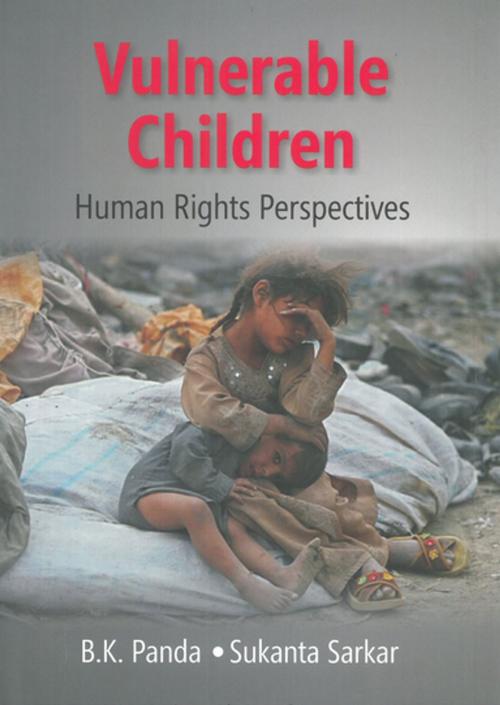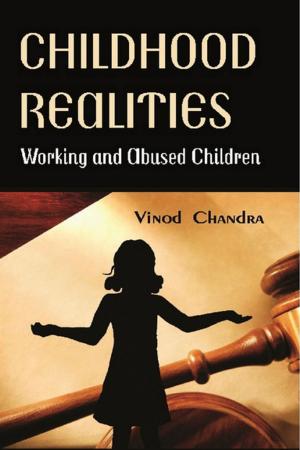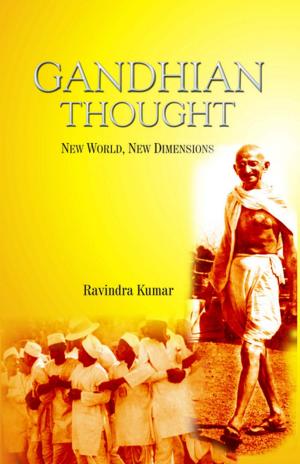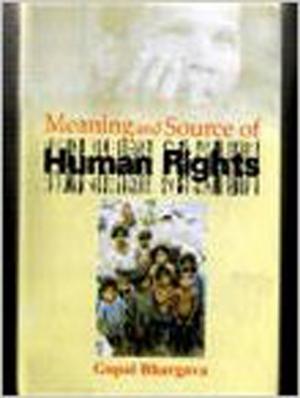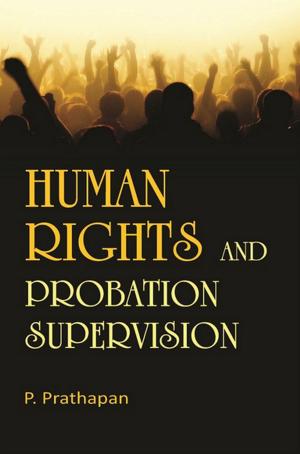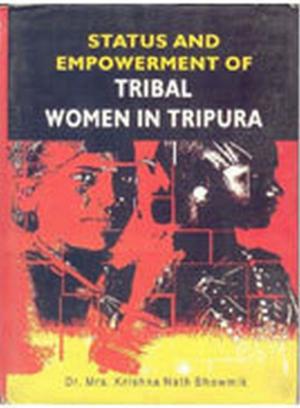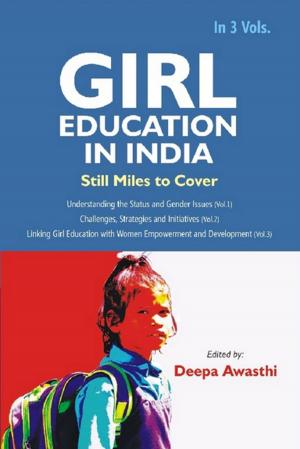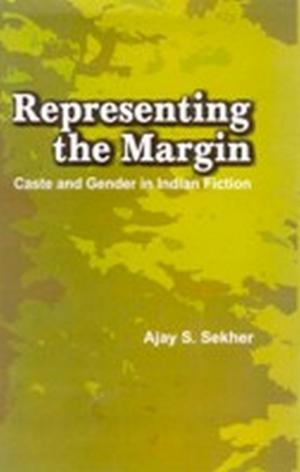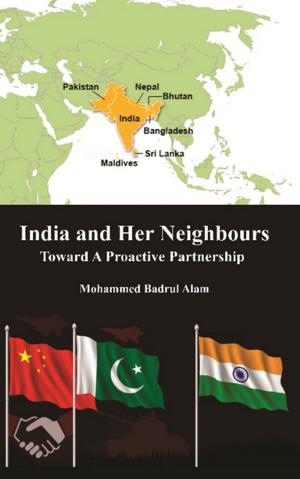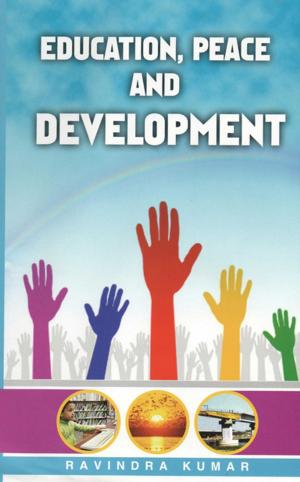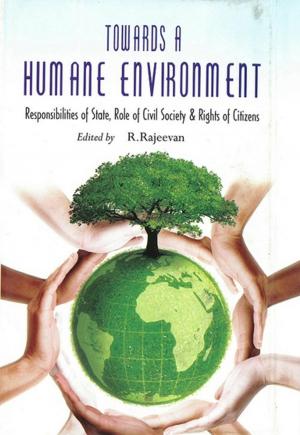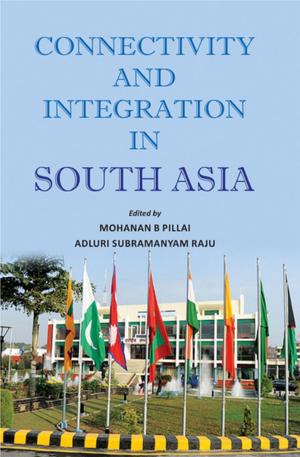Vulnerable Children
Human Rights Perspectives
Nonfiction, Social & Cultural Studies, Political Science| Author: | B. K. Panda | ISBN: | 9789351289203 |
| Publisher: | Kalpaz Publications | Publication: | June 30, 2015 |
| Imprint: | Kalpaz Publications | Language: | English |
| Author: | B. K. Panda |
| ISBN: | 9789351289203 |
| Publisher: | Kalpaz Publications |
| Publication: | June 30, 2015 |
| Imprint: | Kalpaz Publications |
| Language: | English |
Child is a human between the stages of birth and teenage years. The legal definition of child generally refers to a minor, otherwise known as a person younger than the age of majority. Africa is the only continent with a region-specific child rights instrument. The African Charter on the Rights and Welfare of the Child (ACRWC) is an important tool for advancing children's right s. While building on the same basic principles as the UN Convention on the Rights of the Child, the AU Children's Charter highlights issues of special importance in the African context. India has the largest number of children in the world. India's heritage of a stable family life and traditional joint family system helped children grow into an atmosphere of warmth and affection into a secure future. Children's rights are human rights for children. Human rights are basic standards to which every person is entitled to survive and develop indignity. The United Nations set a universal standard for human rights with the adopt ion of the Universal Declaration of Human Rights in 1948. Since t hen, a number of human rights treaties have been developed to recognize the basic rights of all persons. Children have these rights, too. Children (under age 18) also have specific rights, recognized in the 1989 Convention on the Rights of the Child, given their vulnerability and dependence. All children's human right s apply to all children at all times, without exception. The provision and protection of children's Convent ion rights is the primary responsibility of governments at all levels and realising the promise of the Convention is an ongoing, progressive commitment. International human rights treaties are developed through negotiation among governments. United Nations Member States produce a commonly acceptable set of standards for the treatment of people by their governments. It is hoped that the present edition of this book will be beneficial to all concerned of the society, in general and students, lawyers, advocates, academicians, human rights institutions, researchers and NGOs working in labour economics field, in particular. Contents of this book are Children Rights-An Overview ; Street Children; Orphan Children; Child Labour; Bonded Labour; Disable Children; Slum Children; Child Trafficking & Urban Beggar
Child is a human between the stages of birth and teenage years. The legal definition of child generally refers to a minor, otherwise known as a person younger than the age of majority. Africa is the only continent with a region-specific child rights instrument. The African Charter on the Rights and Welfare of the Child (ACRWC) is an important tool for advancing children's right s. While building on the same basic principles as the UN Convention on the Rights of the Child, the AU Children's Charter highlights issues of special importance in the African context. India has the largest number of children in the world. India's heritage of a stable family life and traditional joint family system helped children grow into an atmosphere of warmth and affection into a secure future. Children's rights are human rights for children. Human rights are basic standards to which every person is entitled to survive and develop indignity. The United Nations set a universal standard for human rights with the adopt ion of the Universal Declaration of Human Rights in 1948. Since t hen, a number of human rights treaties have been developed to recognize the basic rights of all persons. Children have these rights, too. Children (under age 18) also have specific rights, recognized in the 1989 Convention on the Rights of the Child, given their vulnerability and dependence. All children's human right s apply to all children at all times, without exception. The provision and protection of children's Convent ion rights is the primary responsibility of governments at all levels and realising the promise of the Convention is an ongoing, progressive commitment. International human rights treaties are developed through negotiation among governments. United Nations Member States produce a commonly acceptable set of standards for the treatment of people by their governments. It is hoped that the present edition of this book will be beneficial to all concerned of the society, in general and students, lawyers, advocates, academicians, human rights institutions, researchers and NGOs working in labour economics field, in particular. Contents of this book are Children Rights-An Overview ; Street Children; Orphan Children; Child Labour; Bonded Labour; Disable Children; Slum Children; Child Trafficking & Urban Beggar
